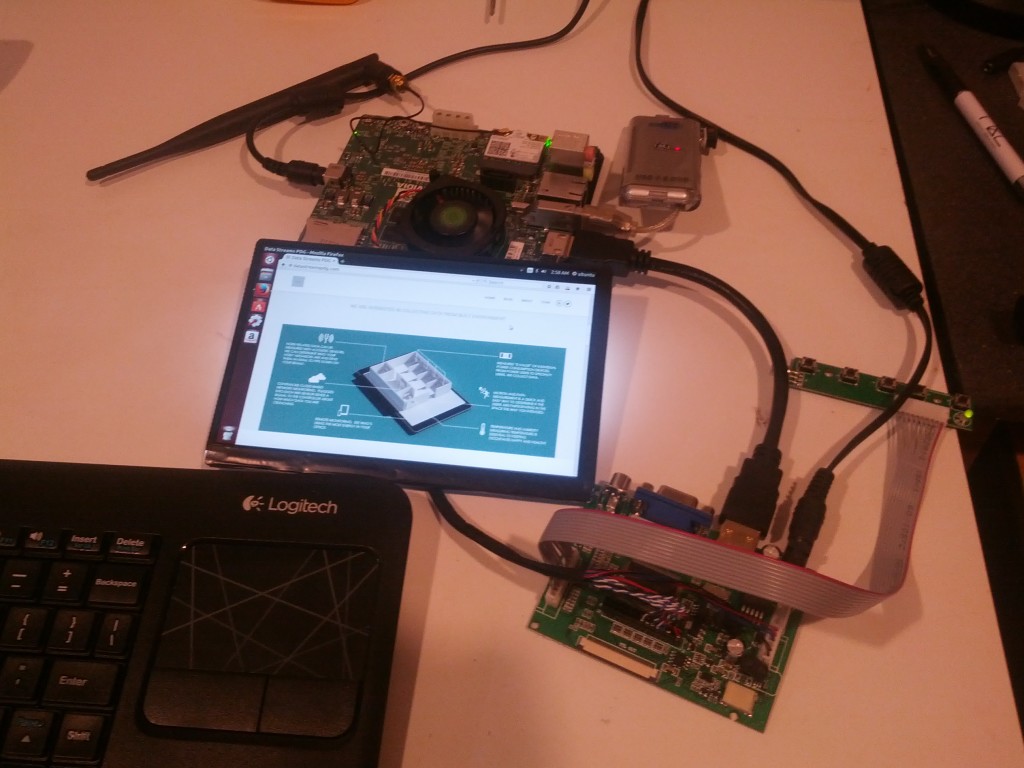Big predictions Big Challenges
In the January 2015 issue of Architect Magazine, page 104, Roger Chang, the director of engineering for Westlake Reed Leskowsy, says, “Benchmark data in the US is non-existent.”
This represents an amazing opportunity for the right architects and engineers to tackle issues with building design. Its a big challenge to start addressing that information and even harder when no precedent exists.
Whether its true, false or partially incorrect, it doesn’t matter. The word “Data” means information, a body of facts that has the ability to be collected. While it is fun to build devices that store and transmit, let’s think not only how to collect it, but why. What is important to a building’s layout that makes it better than another? What human factors can be accounted for and which can be excluded? People have an incredible ability to offset energy modeling predictions and so called design strategies. Imagine that.
Now imagine a building that figures out what paths 99% of building occupants take from entrance to office. That the building could actively predict what room you will be in at 4:50pm, on a Tuesday. What if it knew that at 2:30pm there was a meeting with 10 attendees and could pre-heat or cool the room to an ambient temperature, calculate the energy needed for optimization and dampen the room acoustically, all from recorded data? Sounds like science fiction right? Its not. We are simply taking what information we collect over time and applying it with reasonable accuracy. The results are devastatingly high performance increases to the design. The total design.
We are now on the verge of major technological breakthroughs. The image (taken from my basement) below demonstrates just where we are in terms of processing capabilities. I have a fully operation computer, running an operating system, 300+ Gigaflops of computing capability (thanks nVidia!) and it could technically run off a wrist-watch battery. What better device to collect energy related data than one that barely uses any at all? We are looking to use these as collection hubs (at least in the meantime) to store building related data. This could include, but not limited to, Temperature and humidity, Network signals, CO2, Motion+Position, Acoustics and Circuit-specific Energy Values.
I can only imagine that in 10 years, once this data thing takes off, it’ll be like all the firms that said they’ve always designed green buildings, “Oh, we’ve always been collecting data on our buildings, since the beginning of our firm in the 1970’s!”
Our big prediction is that data is the key to solving the big challenges.




